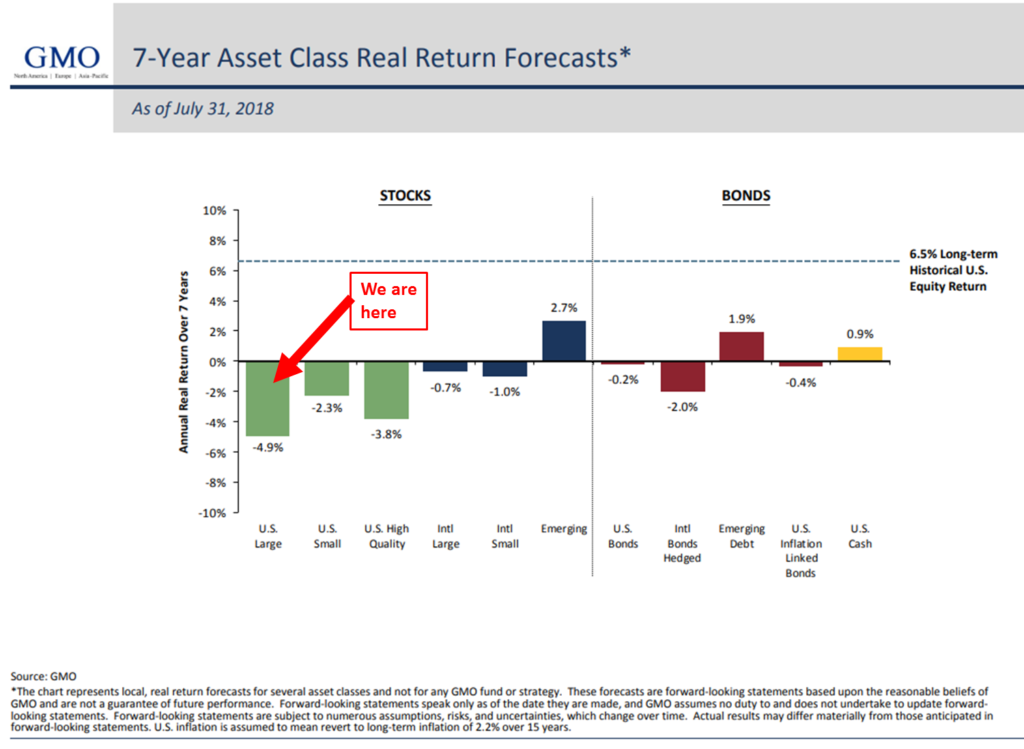In a strangely overlooked recent paper, French economist Thomas Piketty — famous for his 2013 tome Capital in the Twenty-First Century — anatomises the rival elites in the US, UK and France. Piketty has merged post-electoral surveys from 1948 to 2017 with data on voters’ wealth, education, income and so on. The story for each country is similar. The cultural elite and the moneyed elite (“Brahmins” and “merchants”, as Piketty calls them) are both growing. Both have captured their chosen political parties. On left and right, politics is now an elite sport. The big change since 1948 is the educated elite’s shift left. “The trend is virtually identical in the three countries,” notes Piketty. In the US, for instance, from the 1940s to the 1960s the more educated people were, the more they voted Republican. By 2016, the situation had reversed: 70 per cent of voters with masters degrees backed Hillary Clinton. British graduates moved left more slowly, but now mostly vote Labour. From paywalled FT. Piketty paper is here. The damage in intelligence was worst for those over 64 years old, with serious consequences, said Chen: “We usually make the most critical financial decisions in old age.” Rebecca Daniels, from the UK public health charity Medact, said: “This report’s findings are extremely worrying.”Trump was on to something: in western politics, there isn’t one elite, but two. There’s the liberal “cultural elite” that he despises, and his own big-boated, rightwing moneyed elite.
“Polluted air can cause everyone to reduce their level of education by one year, which is huge,” said Xi Chen at Yale School of Public Health in the US, a member of the research team. “But we know the effect is worse for the elderly, especially those over 64, and for men, and for those with low education. If we calculate [the loss] for those, it may be a few years of education.” [...]
Perception vs. Reality: Job growth surged in August as the economy hit the gas - CBS by the downward revisions of a combined 50k in the two prior months. According to the household survey, 423k jobs were lost but because the size of the labor force fell by 469k, the unemployment rate ticked up by one tenth to 3.9% but the all in U6 rate was down one tenth to 7.4% as the number of those NOT in the labor force rose to 96.3mm, a fresh record high. The participation rate fell by two tenths to 62.7%, matching the lowest since May 2016 and the employment to population ratio fell too. Job Leavers as a percent of unemployed, a measure of those having confidence in leaving their market for greener pastures (aka, higher wages) rose to 14%, the highest since October 2000...In terms of the market response, call this news stagflationary as Treasuries are solely responding to the wage news and not the jobs miss. The 2 yr yield is jumping by 4 bps to 2.68%, matching the highest level in 10 years. The 10 yr yield is higher by almost 5 bps to 2.92%. In August payrolls grew by 201k, 11k more than expected but that was completely offset and then some
- Peter Boockvar
Mr. Hout’s paper adds to a growing body of research on the dimensions of socioeconomic inequality in the U.S. Stanford University economist Raj Chetty found in a December 2016 paper that the ratio of Americans who earn more than their parents fell to 50% for children born in the 1980s from 90% for children born in the 1940s. https://blogs.wsj.com/economics/2018/09/03/parents-jobs-increasingly-shape-how-far-kids-get-in-life/In many cases, upward mobility as defined by Mr. Hout would hardly be noticed by a layperson. One point on the author’s scale corresponds to the difference between a receptionist (26 points) and a hairdresser (25 points). A 15-point improvement—from food-preparation worker to medical assistant, for example—is more perceptible but has also become considerably rarer. So-called “long-distance mobility” from one generation to the next declined from 37% of men born in 1945 to 22% born in 1985.
https://twitter.com/myth_capitalism/status/1035161563844501505 Incredible chart of bank mergers. In 1990, the five biggest U.S. banks held less than 10% of industry assets. At the end of 2017, the top 5 held more than 40% of all deposits.Here is your too big to fail.



